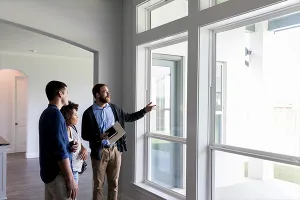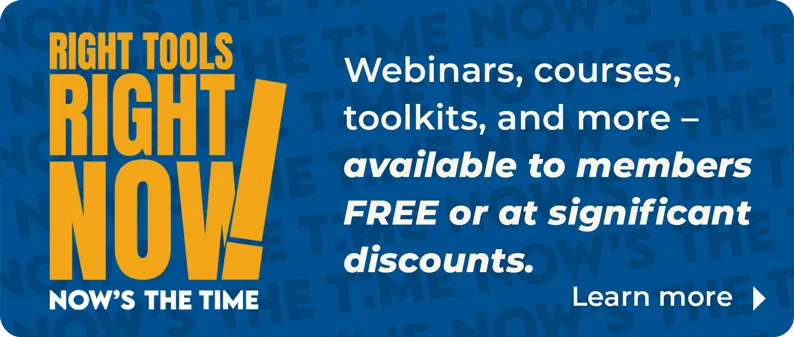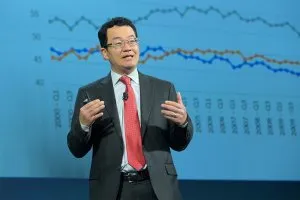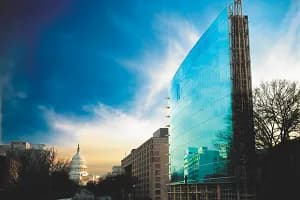High unemployment levels and vacancy rates continue to put pressure on commercial real estate values, which have plunged nearly 45 percent from their peak in 2007. Consequently, many regional and community banks have increased their capital reserves in order to offset their risk, especially ones with high concentrations of commercial real estate loans.
As a result, many small businesses – including companies that are credit-worthy and making their monthly mortgage payments on time – have encountered difficulty refinancing their maturing commercial mortgages.
In order to help alleviate lending shortfalls facing small businesses, President Obama signed into law the Small Business Jobs and Credit Act of 2010 this past September. Specifically, the law authorized the U.S. Small Business Administration (SBA) to launch a new temporary program to help small business owners refinance owner-occupied commercial real estate loans.
Similar in structure to a traditional SBA 504 program, the new refinance program requires borrowers to put down at least 10 percent equity and secure at least 50 percent financing from a third-party lender. The SBA, through a Certified Development Company (CDC), will provide up to 40 percent of the loan. CDC’s are the SBA’s conduit for providing 504 loans.
Last February, the SBA had initially opened the program only to small businesses facing maturity of commercial mortgages or balloon payments before December 31, 2012. This would ensure that businesses with the greatest need for financing are helped first, according to the agency.
However, the SBA has indicated that it will later review program rules and may allow businesses with later balloon payments, or those who can demonstrate need in other ways, to be eligible for the program. By law, this temporary program will terminate on September 27, 2012, unless policymakers agree to an extension.
Unlike other SBA loan programs, the new refinance program does not require an expansion of the business in order to qualify. However, existing 504 projects and government-guaranteed loans are not eligible to be refinanced. Among other things, applicants must have incurred their debt at least two years prior to the application date to be eligible for refinancing. Also, applicants must show that their loans are current and that they have made all required mortgage payments for at least one year.
According to the SBA, as many as 20,000 small businesses may take part in the program, providing up to $15 billion in SBA-guaranteed financing. Unlike the SBA’s traditional loan programs, this program would not cost taxpayers a single penny because it is funded completely by loan fees.
As banks continue to scale back lending, NAR believes the SBA’s new refinancing program will provide credit relief for property owners and help stabilize the commercial real estate and small business sectors.
However, as the Small Business Jobs and Credit Act of 2010 is currently written, only owner-occupied commercial real estate loans qualify for this refinance program, which excludes commercial real estate loans on properties for lease – a significant portion of small businesses that need refinancing assistance.
NAR will continue to encourage the SBA and lawmakers to expand the program to include non-owner-occupied properties, which would provide even greater credit relief to multiple industries and speed up our nation’s economic recovery.
For a list of program information and CDCs, visit: www.sba.gov








